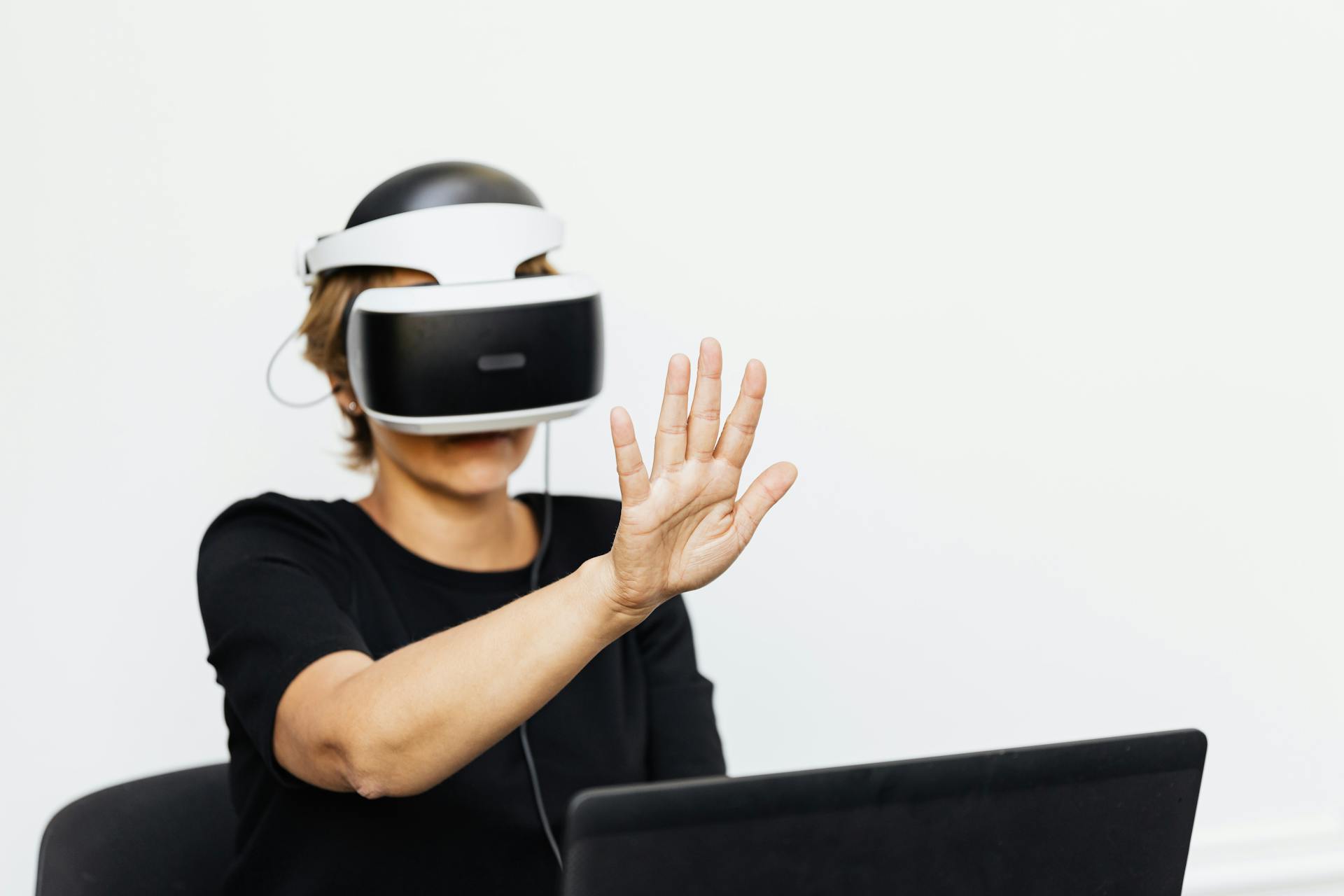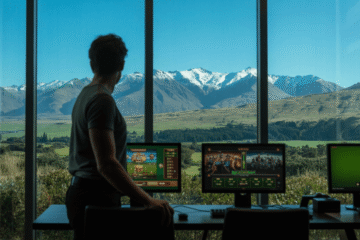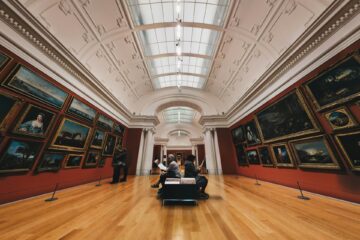The Experience Economy: How Gaming and VR are Repositioning NZ Retail and Mixed-Use Assets

Last Updated on October 28, 2025
The retail climate in New Zealand after the pandemic has shown that consumers’ interests have changed. They are now spending less on transactional buying and more on experiences that are fun and engaging. This trend, which is sometimes called the “experience economy,” is having a big effect on how commercial real estate is planned, rented, and valued. Developers of retail and mixed-use spaces are increasingly using gaming, virtual reality (VR), and other digital platforms to turn properties from places to shop into destinations that will draw more people and keep them there longer.
The Growth of Immersive Experiences in New Zealand Store
To keep up with the ease of online shopping, traditional stores have had to come up with new ideas. Because of this, New Zealand has moved toward high-concept “location-based entertainment” (LBE). VR arcades, immersive escape rooms, and hybrid sports simulations are now key tenants in major commercial areas, along with cinemas and food halls. This plan is to provide people strong reasons to go to a property in person, which will expose them to the stores and restaurants nearby.
Retailers are also using VR and AR directly in their stores. New Zealand retailers are using AR try-ons for beauty and apparel and virtual product visualization for furniture to bridge the gap between digital shopping and touch. This creates an engaging, shareable engagement that improves customer experience and strengthens company loyalty.
Technology That Gets People Interested and Increases Foot Traffic
People are shopping and having fun in new ways thanks to interactive technology. People feel like they’re part of the action instead of just observing when they use gamified design, shifting settings, and immersive displays.
The same idea is behind several kinds of digital entertainment, such as live dealer games in New Zealand, which keep players interested by being interactive, realistic, and sociable. In the same manner, stores are becoming experiencing destinations that merge real and digital elements with realistic VR experiences. This type of connection not only makes people happier, but it also makes them want to spend more time looking around, which increases visibility and customer flow. Interactive design has become a new technique to grab and maintain people’s attention as the lines between digital entertainment and physical commerce become less obvious.
Successful Developments Based on Experience
There are still some examples of large-scale integrated VR centers in every major mixed-use asset in New Zealand, but the trend is based on successful examples from around the world. The AR/VR Garage project and other Auckland creative technology hubs and innovation spaces provide a robust ecosystem for the technologies driving this change. These institutions build skills and knowledge for creating immersive experiences of the future. This indicates New Zealand’s long-term experience economy commitment.
In the real estate industry, companies like home AR in New Zealand are using augmented reality to let home buyers see to-scale designs on their actual property. This shows how gamified visualization tools are already common for developers who want to boost buyer confidence and set their products apart. This idea of immersive visualization is now making its way into commercial leasing. With VR, potential office or retail tenants may walk through a fit-out long before construction is finished, speeding up the decision-making process for leasing.
Gaming and VR Changing Mixed-Use Spaces
New Zealand mixed-use development trends are influenced by digital entertainment outside retail stores. Real estate developers are discovering that adding entertainment and leisure assets to projects boosts revenue and maximizes space. A large LBE tenant, such a VR gaming center, can open weekends and nights. This boosts daytime office and residential use and justifies higher retail space rates.
This synergy creates a “sense of place,” a key indicator of a successful mixed-use complex. A vibrant, tech-savvy entertainment hub can improve a new development’s image, making it more appealing to high-end commercial and residential tenants. Recreational activities are a novel method to anchor mixed-use complexes.


